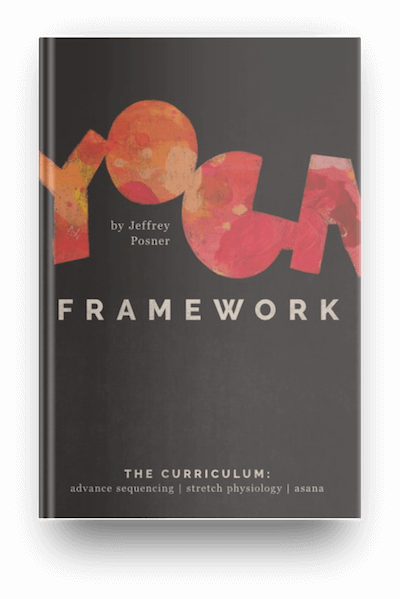New Year Fitness Resolutions are a staple of the first few weeks of January for many Americans. These ambitions to transform health and wellness routines symbolize fresh starts and renewed commitments. However, as the New Year’s glitter fades, so do many of these well-intentioned promises. A closer examination of this trend reveals why so many of these resolutions falter and how a lucky few find success.
Fitness Resolutions: Hopes and Habits
Every year, around 60% of U.S. adults embark on New Year Fitness Resolutions, with health, fitness, or exercise goals leading the charge. According to the HFA Report on 2025 Fitness Resolutions, about 96 million Americans plan to emphasize health and fitness. Goals typically include building muscle, establishing a regular exercise routine, and using physical activity to enhance mental health.
However, ambition often meets roadblocks. The desire to embrace a healthy lifestyle by adopting a balanced diet or prioritizing mental wellness can be hampered by a mix of factors. One crucial element is the difference in generational approaches, as older Americans tend to prioritize fitness more than their younger counterparts.
Why New Year Fitness Resolutions Often Fail
It is a well-documented fact that New Year resolutions frequently falter. As many people discover, maintaining long-term habits takes work. According to the IHCRC’s 2025 Statistics & Maintenance Strategies, about 43% of resolutions dissolve by January 31, and by February, 80% have fizzled out. The primary culprits include lack of consistency and unrealistic expectations. People quickly discover that setting attainable goals is more effective than aiming too high too quickly.
Moreover, financial constraints add another layer of complexity. Younger generations often face financial hurdles that make sustaining gym memberships or healthy diets more challenging. Consequently, these obstacles make consistency daunting.
Strategies for Sticking to Resolutions
Achieving and maintaining fitness goals requires more than wishful thinking. Effective strategies are essential. Utilizing structured spaces such as gyms provides access to equipment and an environment conducive to exercise. On the other hand, making fitness convenient is crucial for maintaining interest. For those unable to regularly visit the gym, approaches such as innovative home workouts present viable alternatives.
Another critical element is setting realistic and enjoyable activities. Finding a workout routine that fits personal preferences increases adherence. According to the EVO Fitness Analysis, resolutions that align more closely with an individual’s lifestyle and preferences tend to last. Additionally, having a clear framework for success, such as specific timelines or measurable achievements, can provide a sense of direction.
Prolonging Motivation and Avoiding Quitting Day
Each year, gym attendance peaks early and declines rapidly by mid-February. Many refer to this as “quitting day,” the unofficial end of most New Year fitness zeal. Critical to bridging this gap is motivation derived from strategic goal setting. The NASM SMART Goal Framework emphasizes the importance of specific, measurable, achievable, relevant, and time-bound goals to sustain motivation.
An added layer of complication comes from seasonal ebbs and flows. As enthusiasm dwindles, maintaining any semblance of motivation often requires aligning fitness goals with personal values and lifestyle for sustainability.
Adapting to Individual Needs and Preferences
Given the variable success of traditional New Year Fitness Resolutions, adaptation is crucial. Alternatives to traditional gym workouts, such as the use of resistance bands at home, offer practical solutions. They ease the burden of travel and time constraints, making consistency more attainable.
Moreover, exploring new trends or technological aids such as fitness apps can provide the necessary diversity to engage different generations uniquely. Tailoring the approach to personal preferences and limitations ensures that fitness goals remain a priority despite obvious challenges.
Conclusion: Breaking the Pattern
The yearly cycle of setting and abandoning New Year Fitness Resolutions does not have to remain a tradition. By understanding the factors that commonly lead to unfulfilled goals and employing strategies that align with individual circumstances, the chances of sustained success increase. It’s essential to break bold visions into achievable steps while embracing the resources and tools available. Ultimately, adhering to personalized fitness commitments requires more than the fervor of a fresh year; it calls for realistic goals, consistent effort, and adaptability.
In summary, while many will falter, some will succeed and redefine their annual commitments by prioritizing personalization and persistency.

